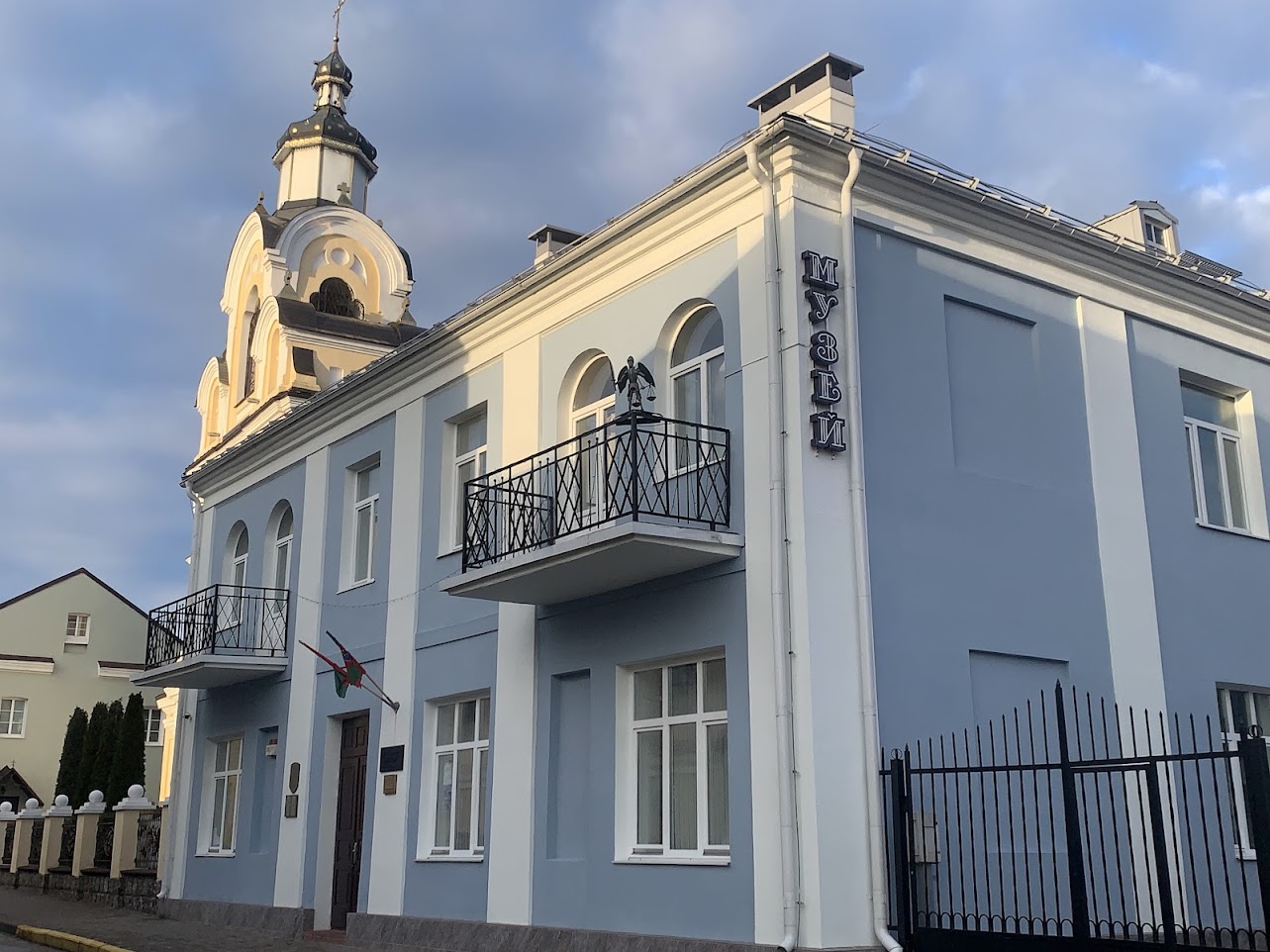An initiative group, supported by the city committee of the Communist Party, made the decision to establish the museum on August 25, 1987. The exhibition opened five years later, during a period of revived interest in Belarusian history. The museum quickly became an important research and cultural center, promoting the historical and cultural heritage of Navahrudak as one of the key regions of the Grand Duchy of Lithuania.
Museum Exhibition
The first exhibition opened on September 12, 1992, covering 350 m² and showcasing the history of Navahrudak from the city’s foundation to the mid-20th century. The museum’s collection includes around 22,000 items organized into 14 collections. The exhibition highlights key stages in the city’s development, starting from its first mentions and the construction of Navahrudak Castle.
One of the main themes is the coronation of Prince Mindaugas in the 13th century, which made Navahrudak the center of the Grand Duchy of Lithuania. Archaeological finds reveal a high level of economic and cultural development. Special attention is given to the period of the First Polish–Lithuanian Commonwealth when Navahrudak hosted sejm sessions and Main Tribunal courts and had Magdeburg rights.
Multicultural Heritage of the Region
The museum emphasizes the multicultural and multi-religious character of Navahrudak. For centuries, Belarusians, Tatars, Poles, and Jews coexisted peacefully, practicing Christianity, Islam, and Judaism. A significant part of the exhibition is dedicated to World War II, with a focus on the Nazi occupation, the local resistance, and the tragic fate of the Jewish community.
The ethnographic collection presents the traditional peasant lifestyle of the early 20th century. Visitors can see towel collections, traditional furniture, and pottery items. The recreated interior of a peasant house with a Russian stove, wooden utensils, and ceramic dishes immerses visitors in the rural life of Navahrudak.
Prominent Figures of Navahrudak
The museum is also dedicated to prominent regional figures who made significant contributions to art, science, and literature. Among them are the first Belarusian memoirist Fyodor Yevlashovsky, folklorist Solomon Rysinsky, and founder of art photography Jan Bulhak, who documented the nature and lifestyle of Navahrudak.
A special section is dedicated to Joachim Litawor Khreptovich — the last chancellor of the Grand Duchy of Lithuania and a reformer in education and agriculture. He played a significant role in shaping public thought of his time.
Modern Role of the Museum
Today, the museum in Navahrudak is not only a repository of historical treasures but also an important platform for intergenerational and intercultural dialogue. Various educational programs and projects are implemented here, aimed at strengthening human connections. It is a unique place for those interested in the history of Belarus and a great opportunity for tourists to book a tour of Navahrudak and immerse themselves in the rich cultural heritage of the region.
